Learning design
for actual humans.
Because your team deserves better than Death by PowerPoint.
Learning designed for actual humans
Somewhere right now, someone’s staring at slide 74 of 118, silently plotting their escape route.
Another brave soul is on their third coffee, desperately trying to look interested while their brain has left the building.
Your people don’t hate developing skills – they hate wasting precious hours on training that insults their intelligence and ignores their reality.
The corporate learning landscape is littered with casualties: attention spans, motivation, and any hope of practical application. Why? Because somewhere along the way, we forgot that there are actual humans on the other end.
Instead, we create learning experiences that acknowledge reality: your team is busy, smart, and deserves better than having their time wasted.
Full service learning design
We handle everything from initial strategy to final evaluation.
We’re that rare breed who remember what it’s like to be trapped in bad training, operating from Melbourne, Sydney, Brisbane, and Perth—but digitally uninhibited. We’re what happens when learning designers develop a severe allergy to mediocrity.
Our approach
With ADDIE as our roadmap, your learning solution emerges from a battle-tested process where careful planning replaces hopeful improvisation.
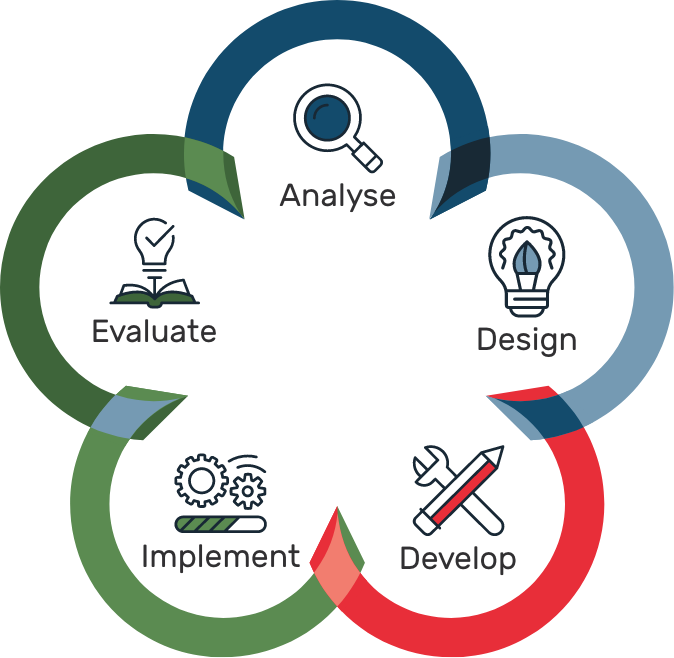
Analyse: We’ll dig beneath the surface request to uncover what your team actually needs. You’ll get learning that solves real problems, not symptoms.
Design: Here we blueprint your complete learning journey. You’ll receive clear, strategic plans that align all stakeholders around a shared vision. This collaborative approach secures buy-in early, prevents mid-project surprises, and ensures your solution balances engagement with effectiveness.
Develop: Here’s where your vision becomes reality. You get polished learning assets that transform complex ideas into clear, engaging experiences. Your brand shines through professional production that grabs attention and drives retention.
Implement: Launch time – you’ll experience a smooth rollout across all delivery methods, whether it’s face-to-face, virtual, or self-paced. Your facilitators step up with confidence, your learners dive in without technical headaches, and adoption takes off from day one.
Evaluate: Finally, honest assessment – what worked, what didn’t, and what needs tweaking for version 2.0. This clarity builds stakeholder confidence and turns your program into an evolving asset that grows sharper with each iteration.
Delivery methods and modalities
We don’t believe in one-size-fits-all training. That’s why we match the perfect delivery method to your specific challenges, audience, and goals.
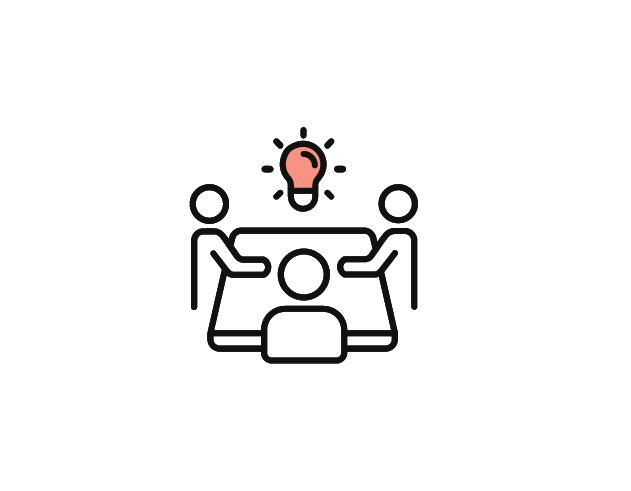
Face-to-face
When nothing beats being in the same room.
Get immersive workshops with dynamic discussions, hands-on activities, and the kind of energy that only happens when humans share physical space. Perfect for complex skills that benefit from immediate feedback and social learning.
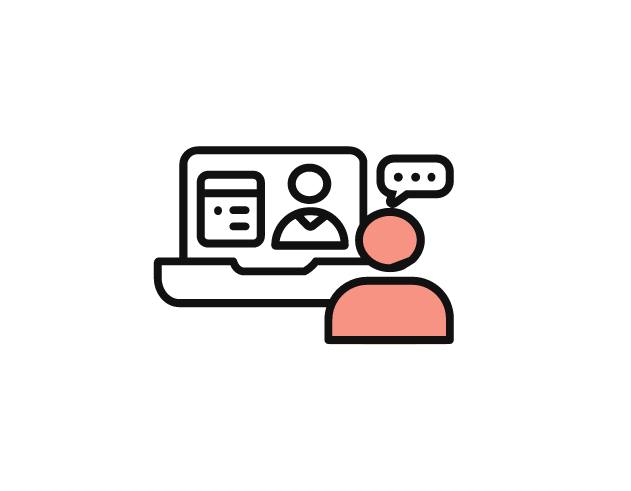
Virtual learning
All the interaction without the travel.
Live sessions that harness the best digital tools—breakout rooms for small group work, interactive whiteboards for collaborative problem-solving, real-time polls, and engaging quizzes that create genuine interaction, not just screen time.
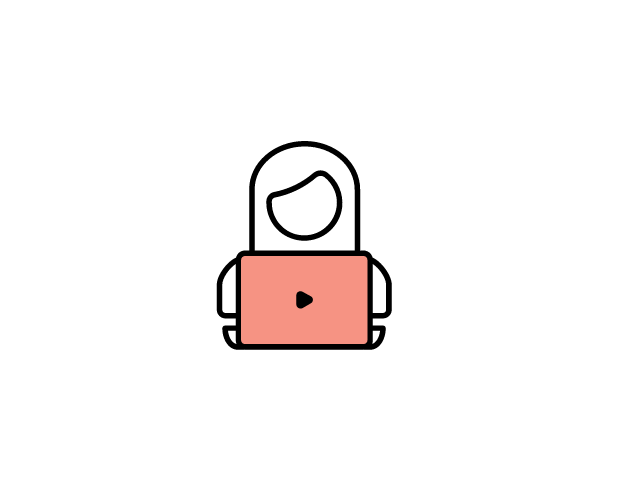
eLearning
Accessible anytime, anywhere.
Get convenient, engaging digital experiences available whenever your team needs them. We leverage multimedia, interactive challenges, and realistic simulations to create courses people actually want to complete—accessible anytime, anywhere.

Blended learning
Why choose when you can have both?
Combine face-to-face interaction with digital flexibility for the perfect learning cocktail. This approach leverages the strengths of each method while minimising the drawbacks – like the training equivalent of having your cake and eating it too.
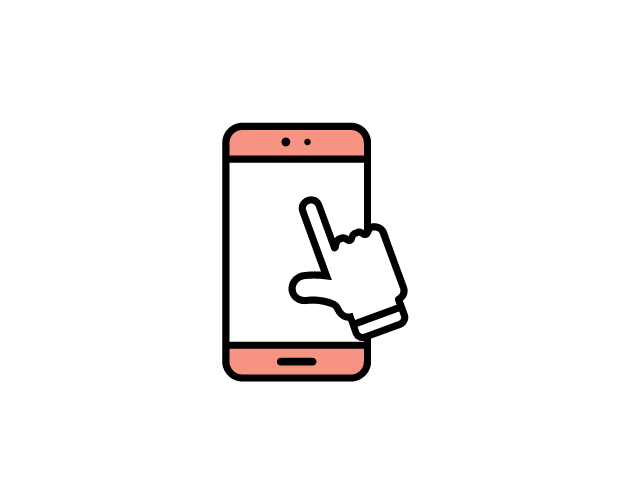
mLearning
For teams that don’t sit still.
Knowledge that fits in pockets and fills those ‘in between’ moments productively. We offer bite-sized lessons, interactive exercises, and seamless access to resources for teams on the move.
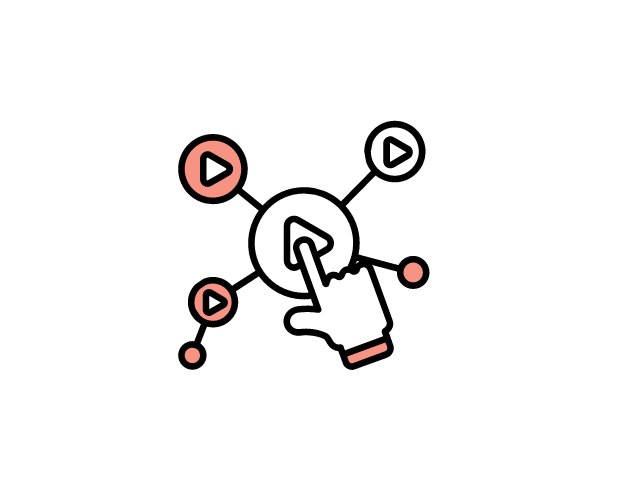
Microlearning
Bite-sized brilliance for the time-crunched professional.
Quick, focused learning modules designed to tackle single concepts or skills efficiently. Perfect for reinforcement, just-in-time support, and building skills incrementally without overwhelming.
Learning assets we create
Get learning materials that solve your specific challenges and look good doing it.
Our custom-designed assets drive real behaviour change through tailored content your team will bookmark, reference, and apply daily.
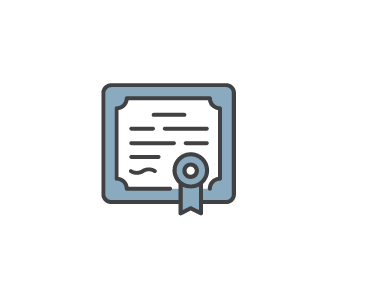
Accredited training
Materials fully aligned with Australian Quality Training Framework standards, giving you compliant training that engages learners while meeting all regulatory requirements.
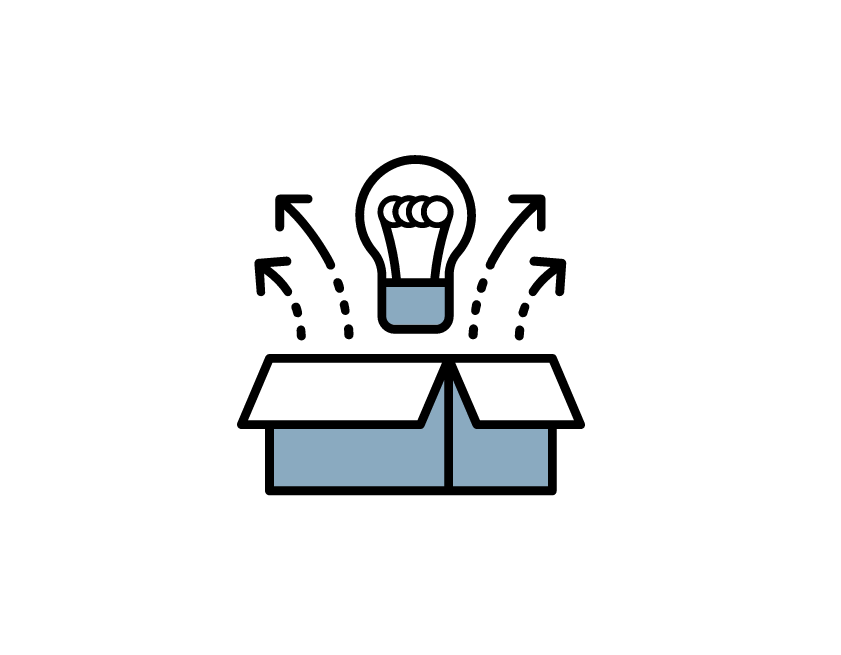
Activity resources
Interactive experiences that transform concepts into practice, helping your team develop skills through relevant, hands-on application rather than passive listening.
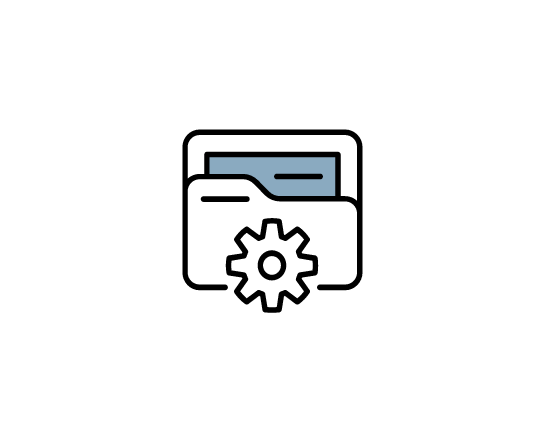
Case studies
Real-world scenarios that make complex concepts relatable, showing your team exactly how to apply new knowledge in situations they recognise and understand.

Curriculum maps
Visual guides that show the complete learning journey, helping participants see how individual modules build toward mastery and keeping everyone aligned with the big picture.
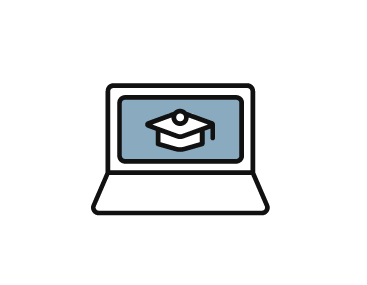
eLearning modules
Digital experiences accessible anytime, anywhere, giving your team the flexibility to learn at their own pace while maintaining consistent quality and messaging.

Embedding activity resources
Post-training reinforcement tools that cement knowledge when it matters most, helping your team apply new skills on the job and preventing the usual learning decay after formal training.
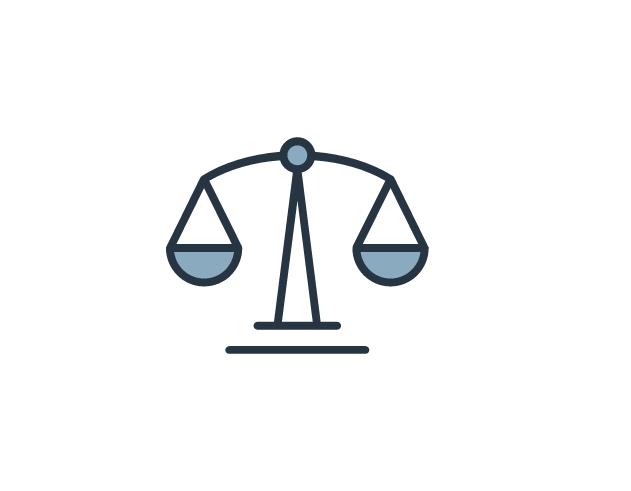
Evaluation tools
Insightful assessment approaches that measure meaningful outcomes, providing you with actionable data to demonstrate ROI and continuously improve your programs.

Facilitator guides and session plans
Comprehensive support materials that ensure quality delivery across all facilitators, maintaining your learning standards while allowing for natural teaching styles.

Feedback tools
Structured methods to capture valuable insights from participants, giving you a clear picture of what’s working and specific guidance for continuous improvement.

Gamified learning experiences
Learning challenges that tap into intrinsic motivation, increasing participation and retention through elements that make skill-building genuinely enjoyable.

Graphic design
Visually appealing elements that clarify complex concepts, enhancing comprehension and retention through thoughtful visuals that support your core messages.
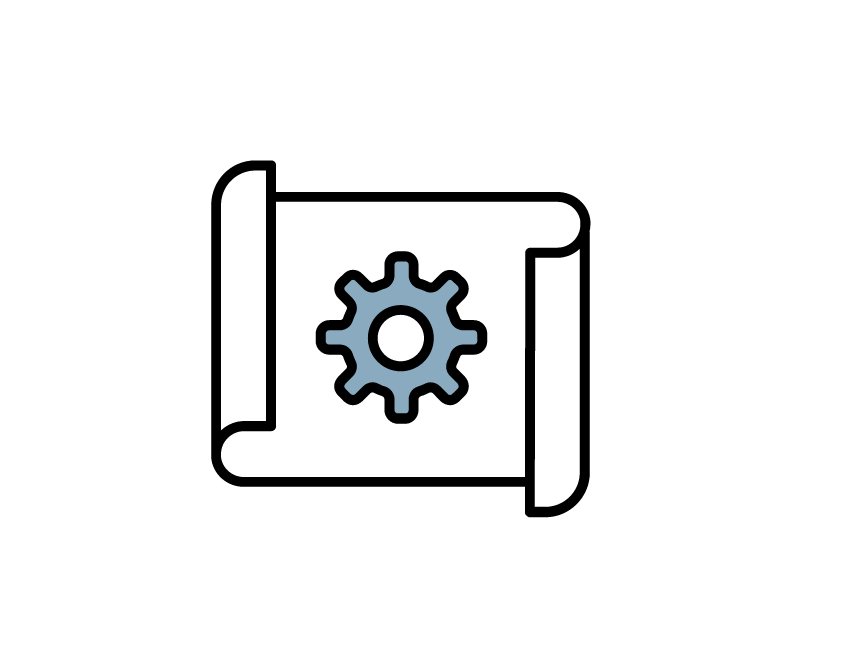
High level designs
Comprehensive blueprints that outline your entire learning journey, aligning stakeholders around program goals, timelines, activities, and evaluation methods before development begins.

Infographics
Visually striking information summaries that communicate key points at a glance, making complex data accessible and memorable for quick reference.
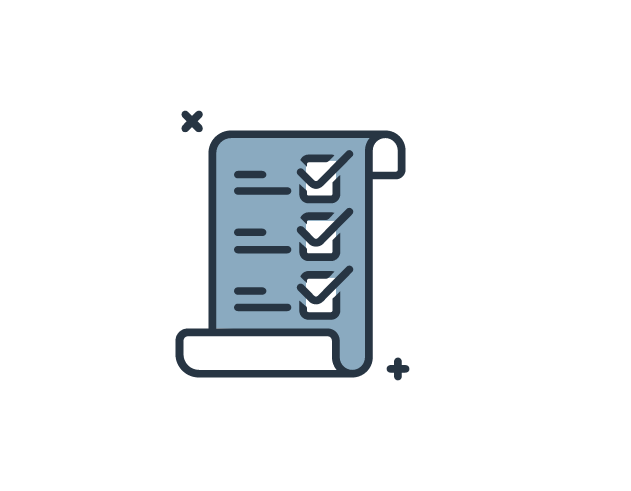
Job aids
Just-in-time support tools that provide immediate help when needed most, reinforcing learning and boosting confidence during real-world application.
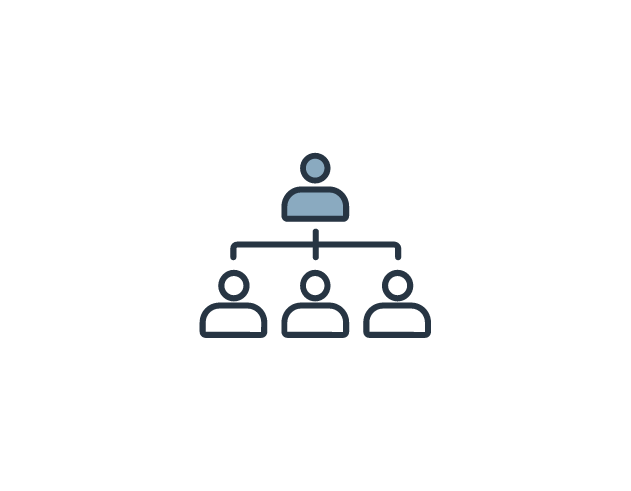
Leader kits
Ready-to-use materials that empower your managers to reinforce learning, giving them everything needed to support their teams through structured reflections and practical application.

Learner workbooks
Engaging guides that walk participants through their learning journey, combining content, activities, and reflection spaces in one cohesive resource they’ll actually keep.

Learning architectures
Strategic frameworks that map your entire learning ecosystem, showing how individual components connect to create a coherent experience aligned with business objectives.
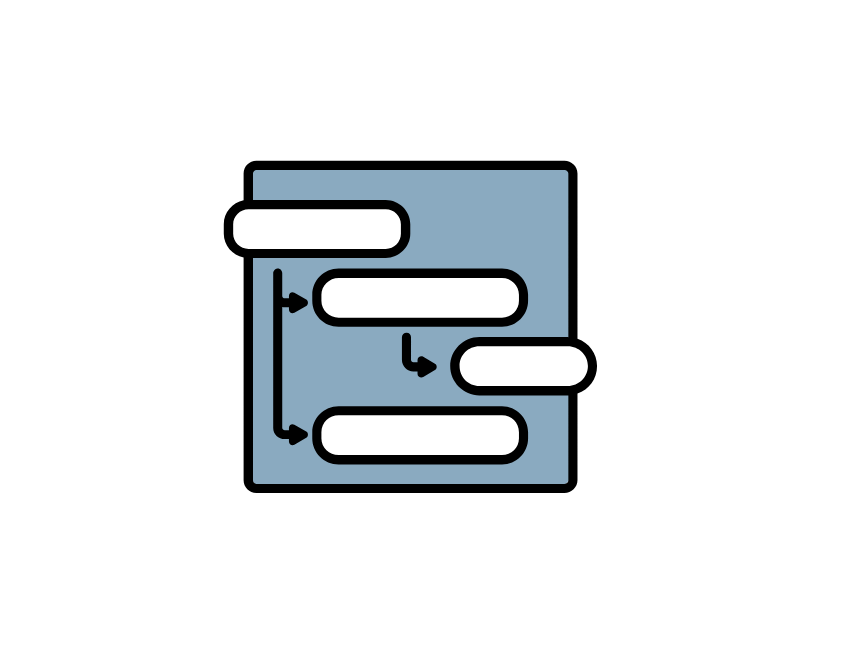
Learning pathways
Structured progression routes that build skills logically, breaking complex subjects into manageable steps that prevent overwhelm and encourage completion.
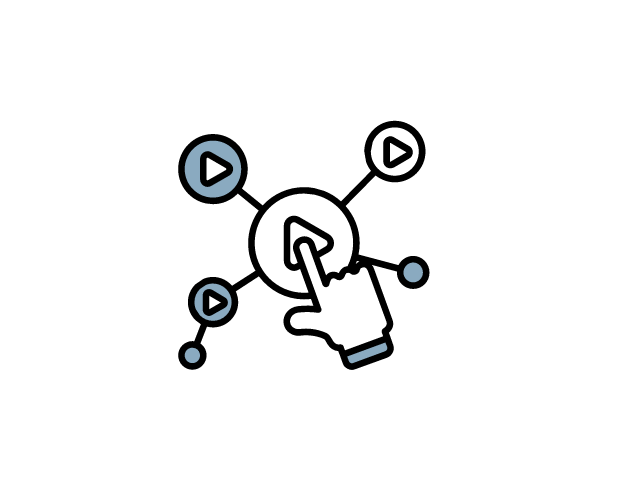
Microlearning
Compact, focused learning segments delivered right when needed, fitting perfectly into busy schedules while targeting specific skills for immediate application.
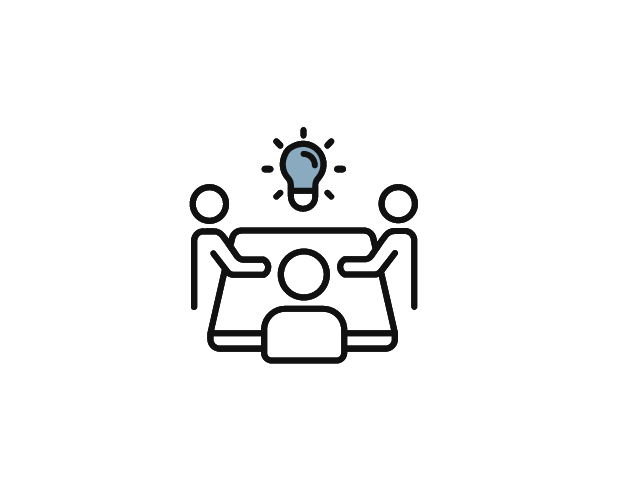
Peer pod activities
Collaborative exercises that leverage team knowledge and experience, deepening understanding through meaningful discussion and shared insights.
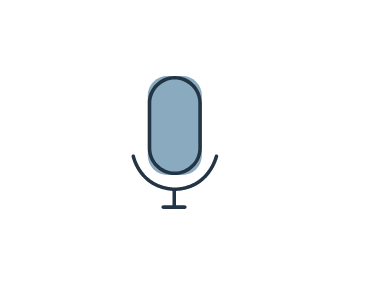
Podcasts
Convenient audio learning featuring expert perspectives, allowing your team to develop skills during commutes or other ‘downtime’ moments.
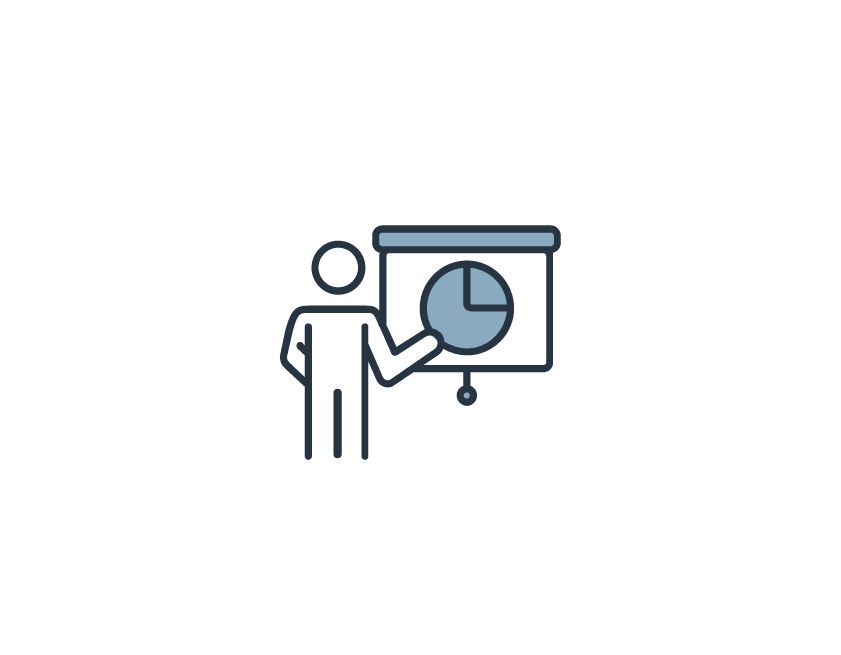
Powerpoint presentations
Visually engaging slides that support instructor-led sessions, reinforcing key messages while providing visual interest that maintains attention.
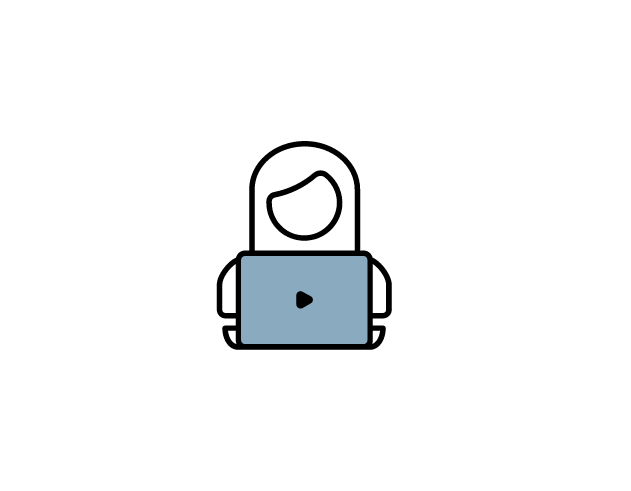
Pre-work activities
Preliminary exercises that prime participants for deeper learning, creating a foundation of knowledge and generating enthusiasm before the main training begins.
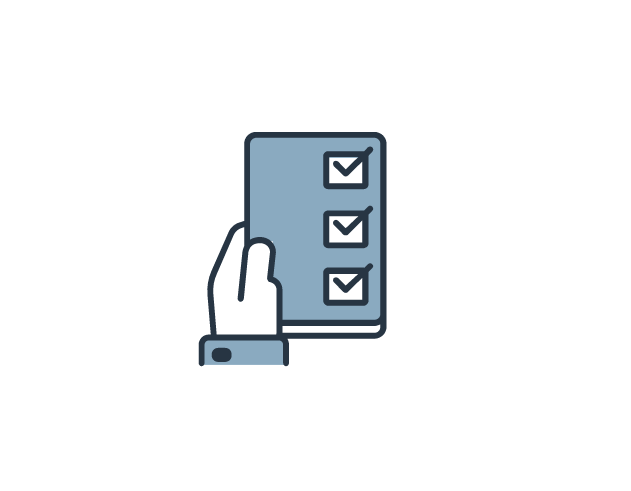
Quick reference guides (QRG)
Concise, visually-intuitive support tools that put essential information at fingertips when it matters most, enabling your team to apply new skills confidently without interrupting workflow to search for answers.

Quizzes and assessments
Thoughtfully designed knowledge checks that reinforce key points, giving learners confidence in their progress while providing you with data on program effectiveness.

Role-playing activities
Practical scenarios that build confidence through practice, developing critical skills in a supportive environment before they’re needed in high-stakes situations.
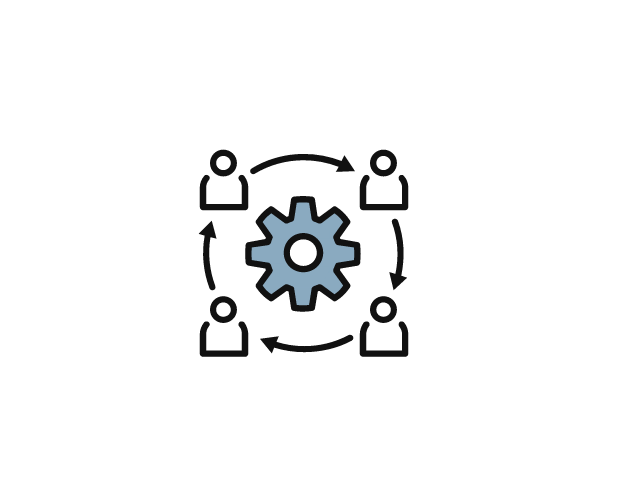
Scenario-based activities
Decision-making exercises that develop judgment in context, preparing your team to make better choices when facing similar situations in their actual work.
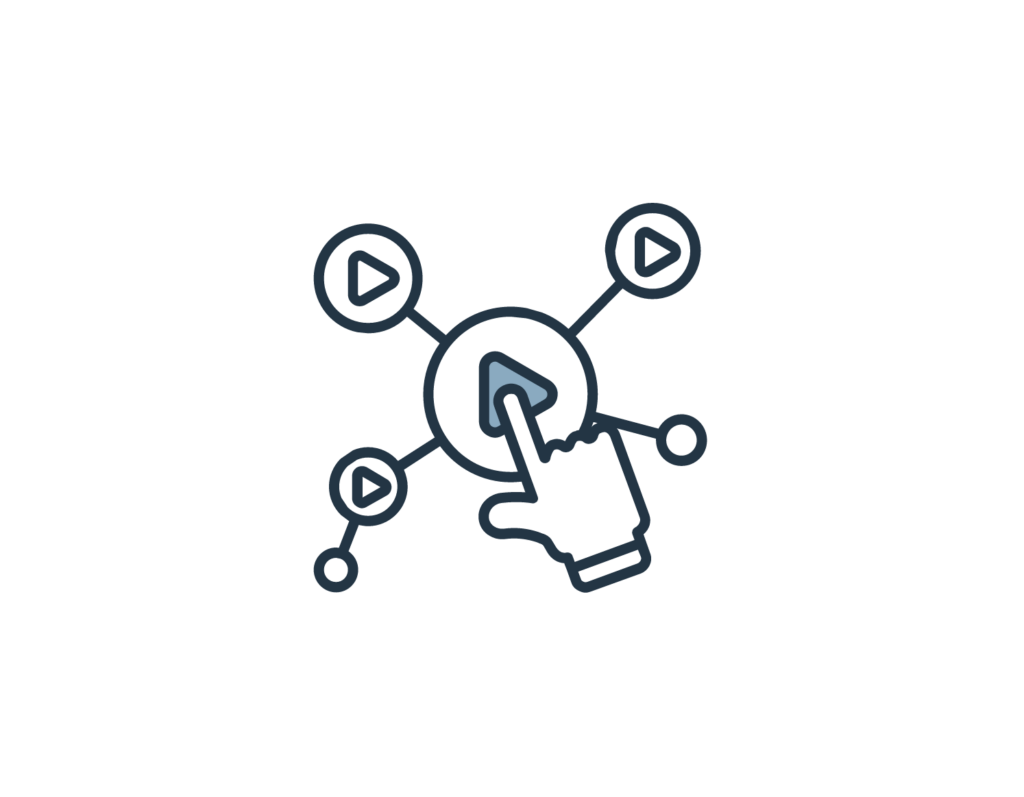
Simulations
Safe practice environments that develop real-world skills, allowing your team to learn from mistakes without consequences while building practical expertise.
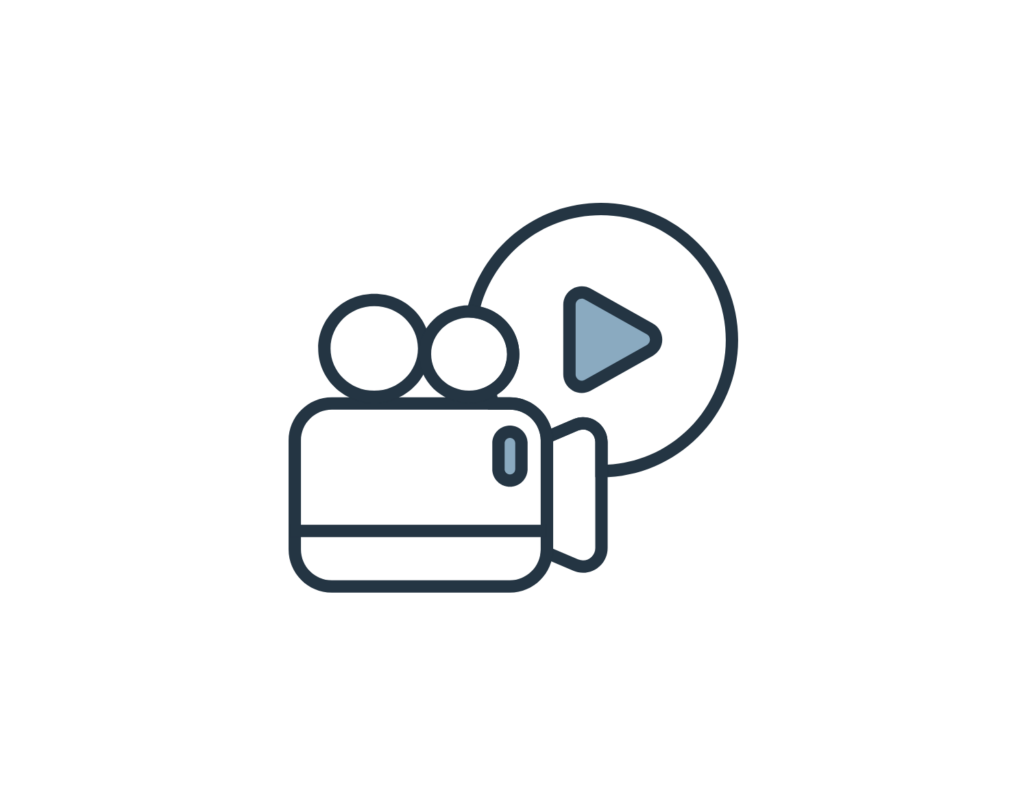
Videos
Engaging visual content that explains concepts clearly and memorably, allowing consistent message delivery while accommodating visual learners and enabling on-demand review of important skills.
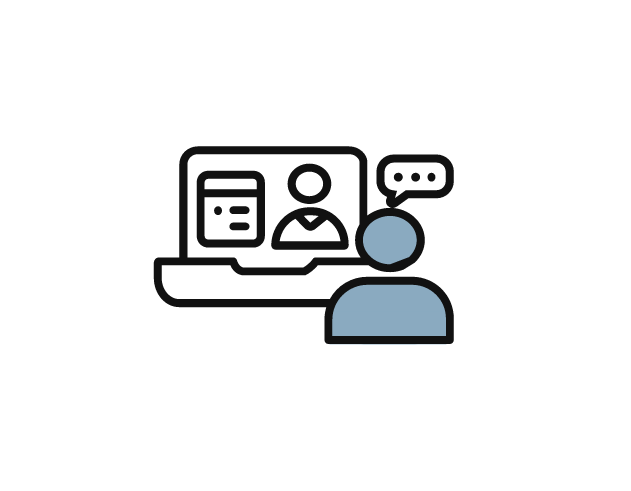
Webinars
Interactive online sessions that connect distributed teams in real-time, using digital tools like breakout rooms and collaborative whiteboards to create genuine engagement regardless of location.
Learning solutions showcase
Your challenges deserve custom solutions, not cookie-cutter programs.
We dig deep to find what your people actually need – whether that’s interactive eLearning, quick-hit microlearning, live virtual sessions, or thoughtfully blended approaches.
And because we know learning doesn’t end when training does, we build in embedding activities to translate learning into action, and equip your leaders to reinforce skills when they matter most.
What’s in it for you? Genuine behaviour change, improved team performance, and training dollars that deliver real value.
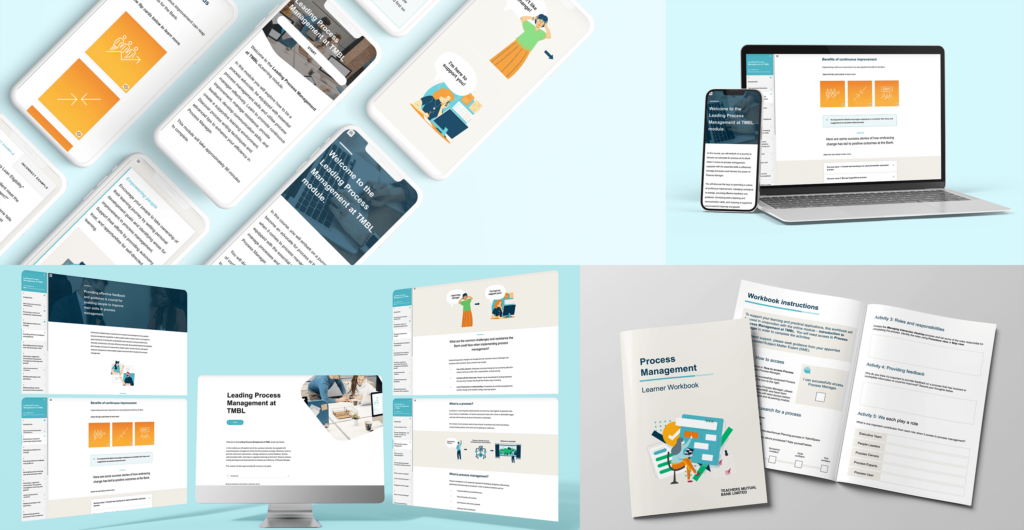
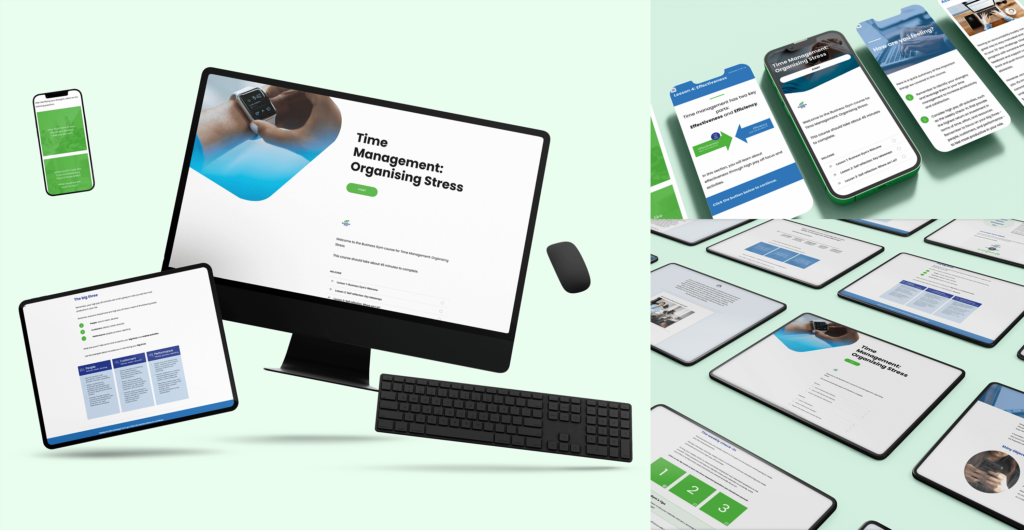
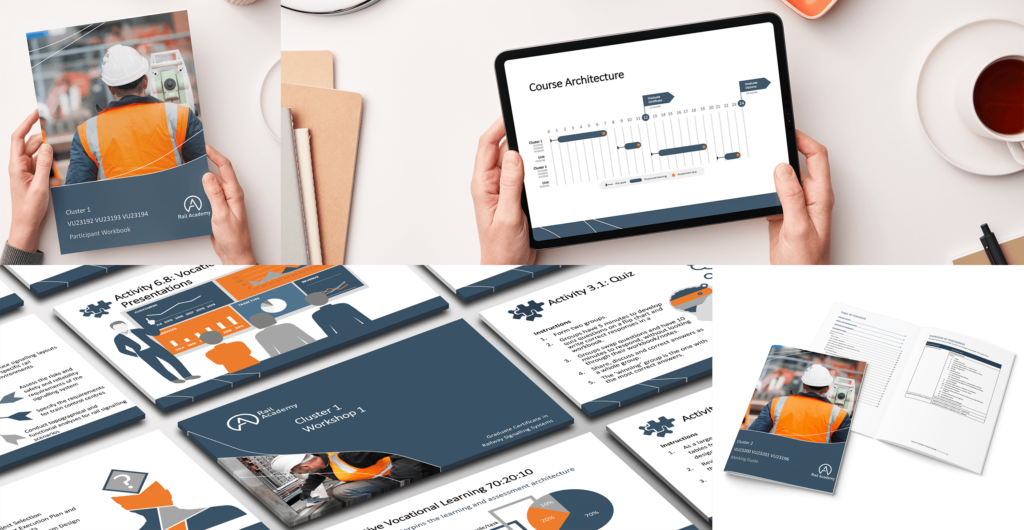
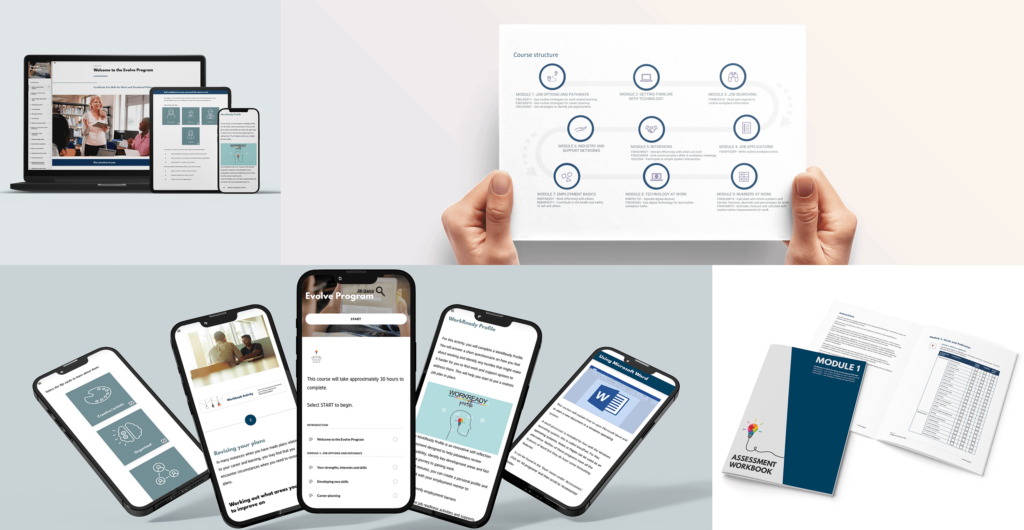
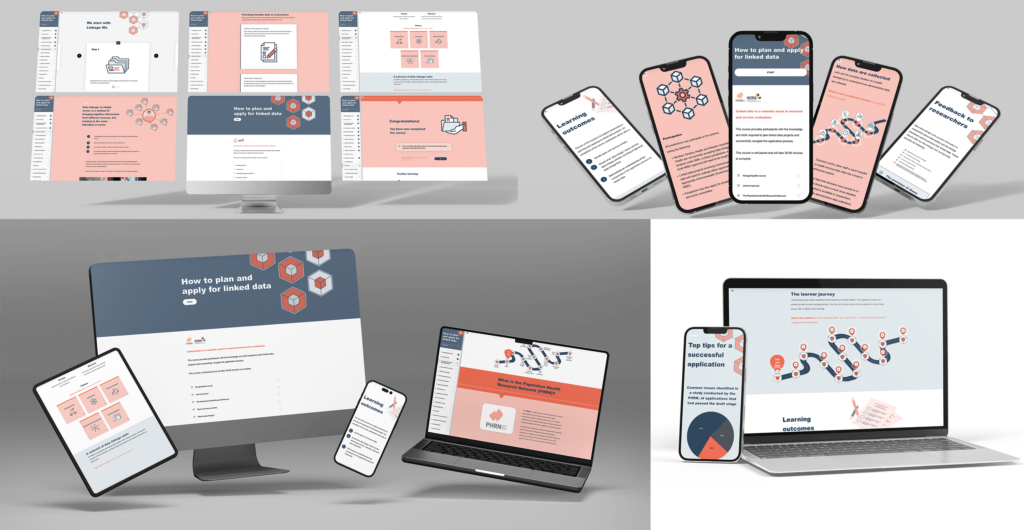
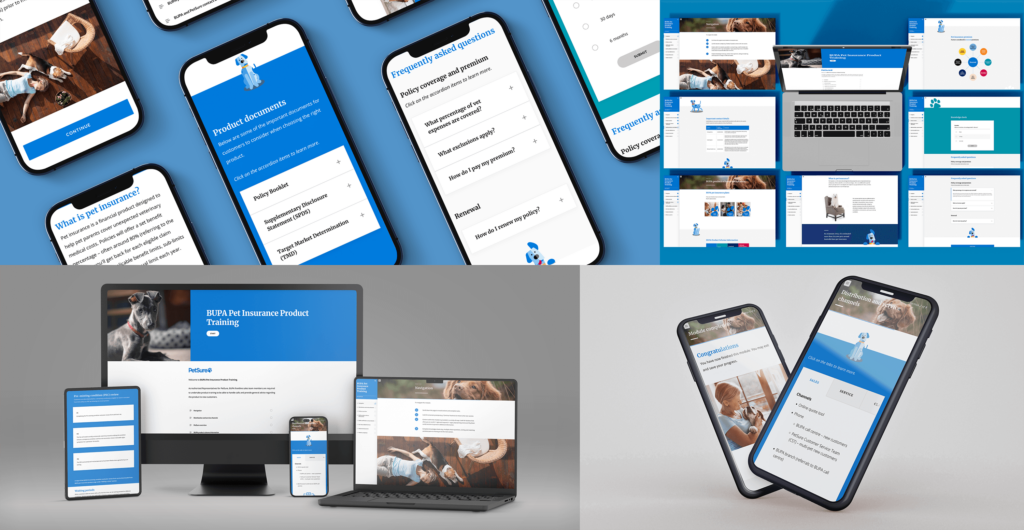
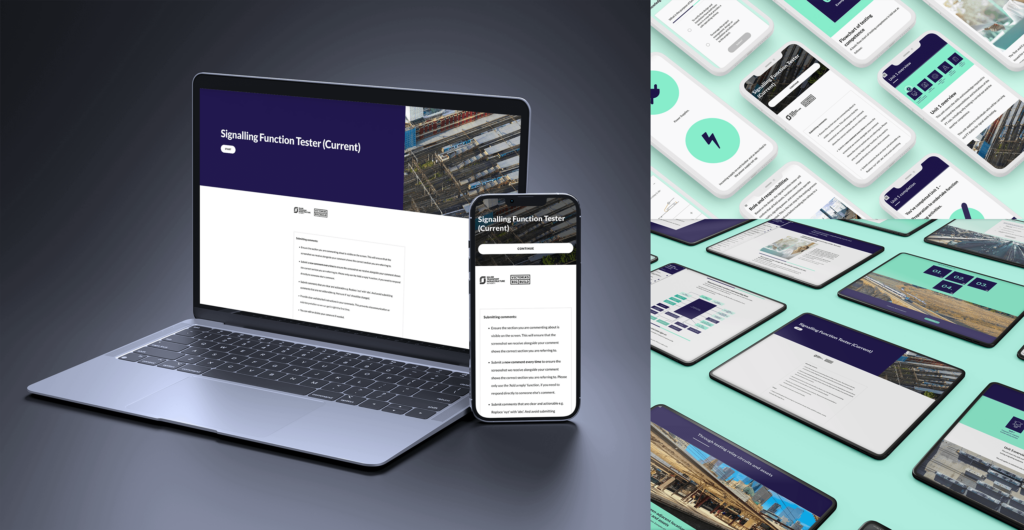
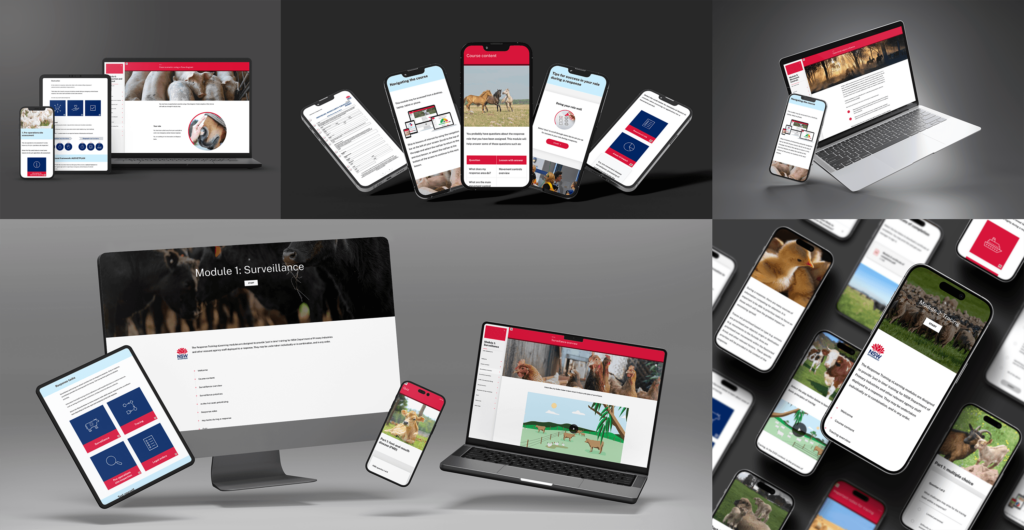
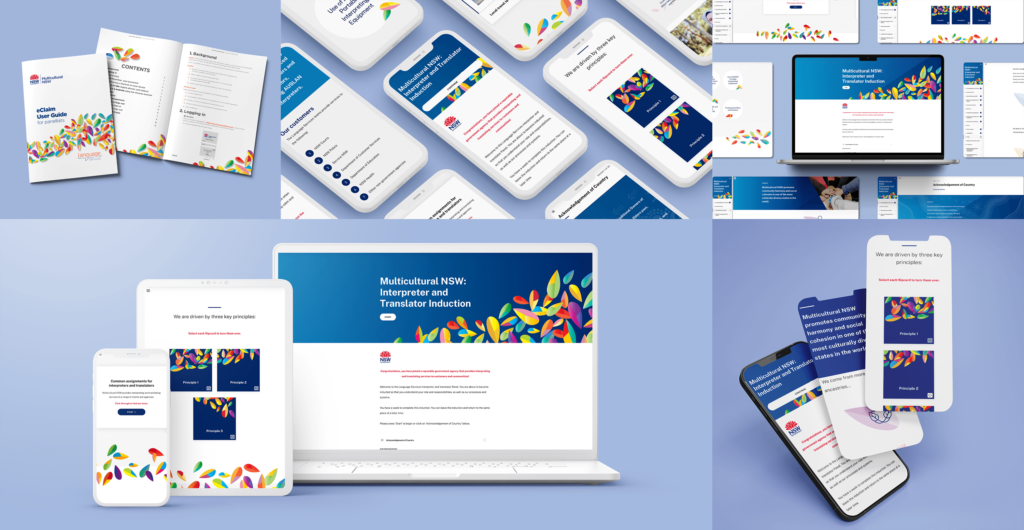
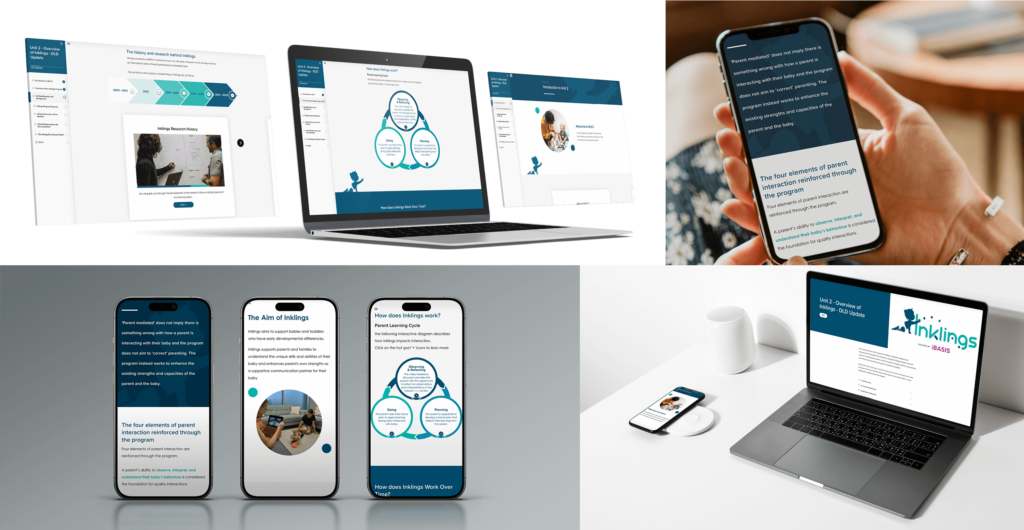
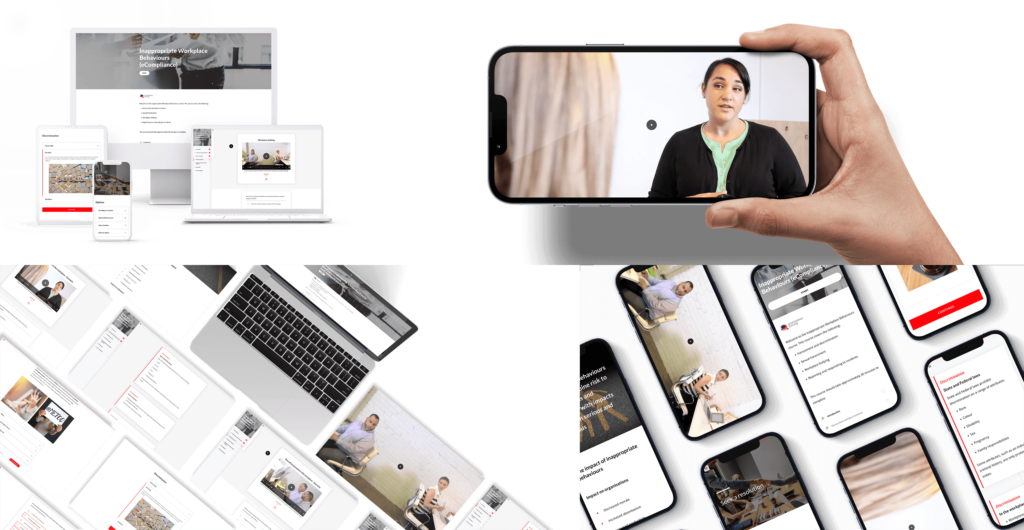
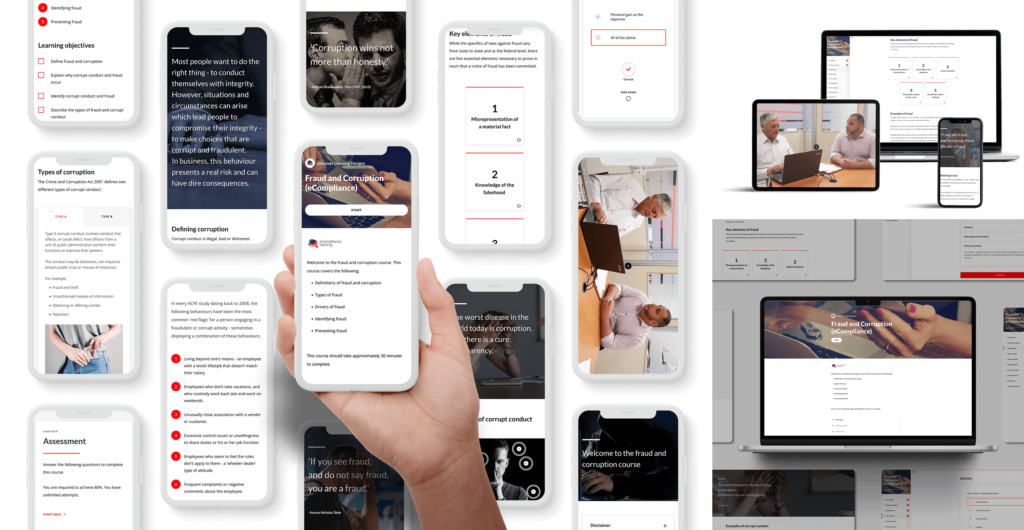
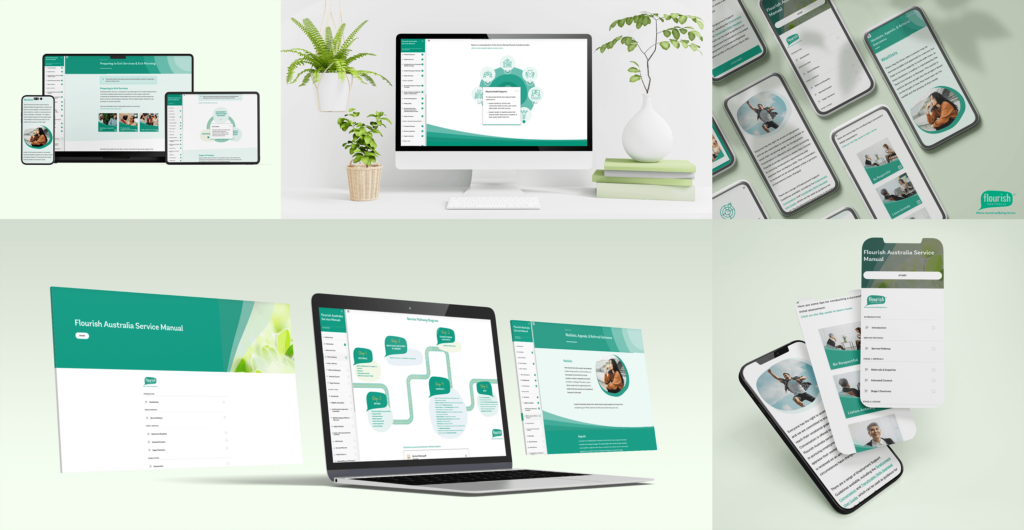
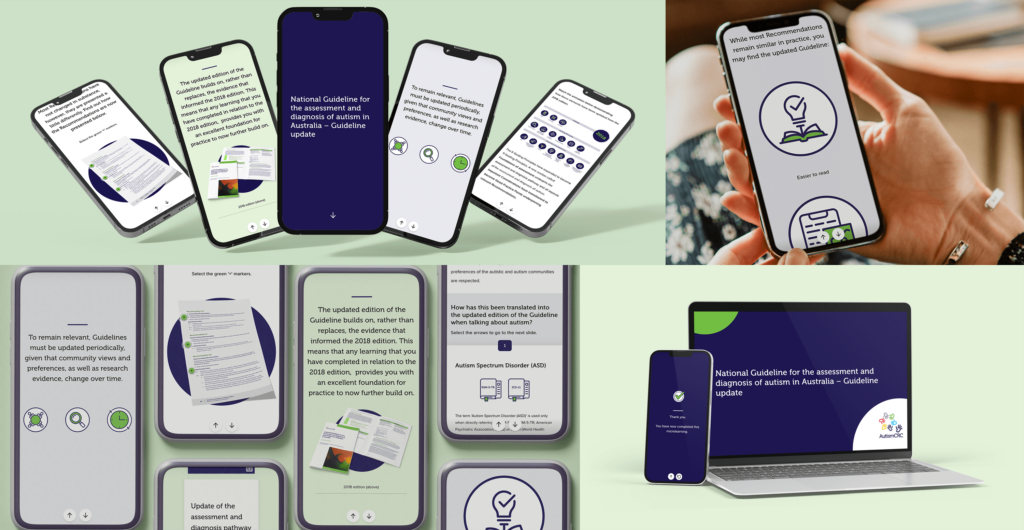
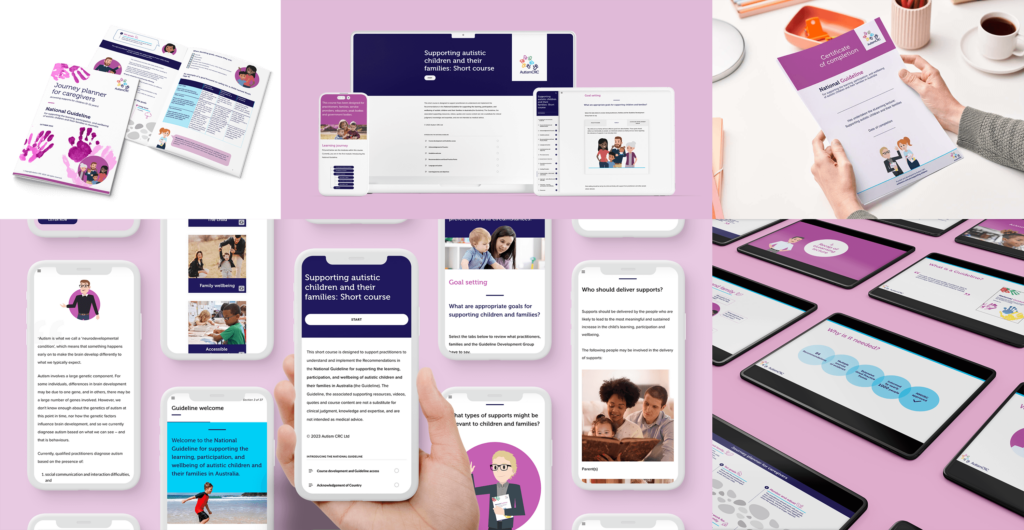
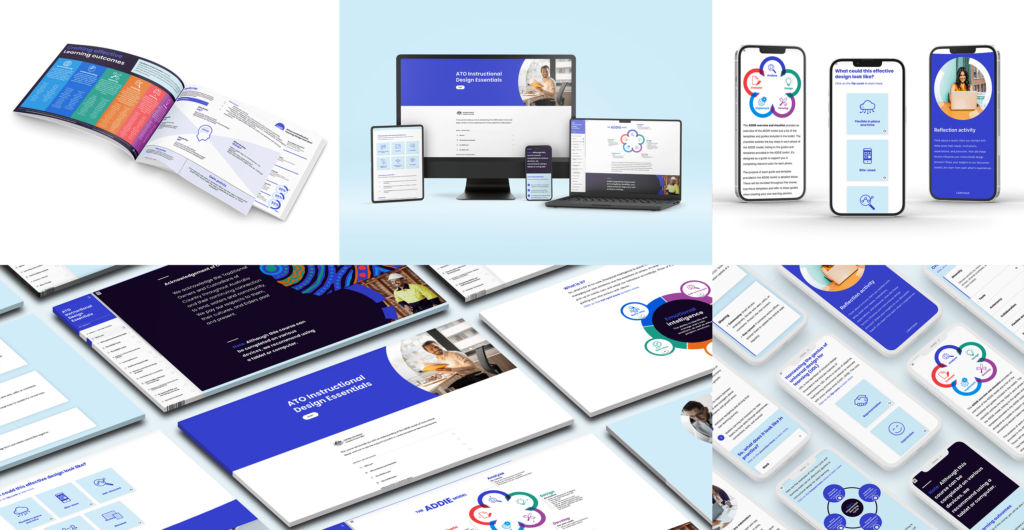
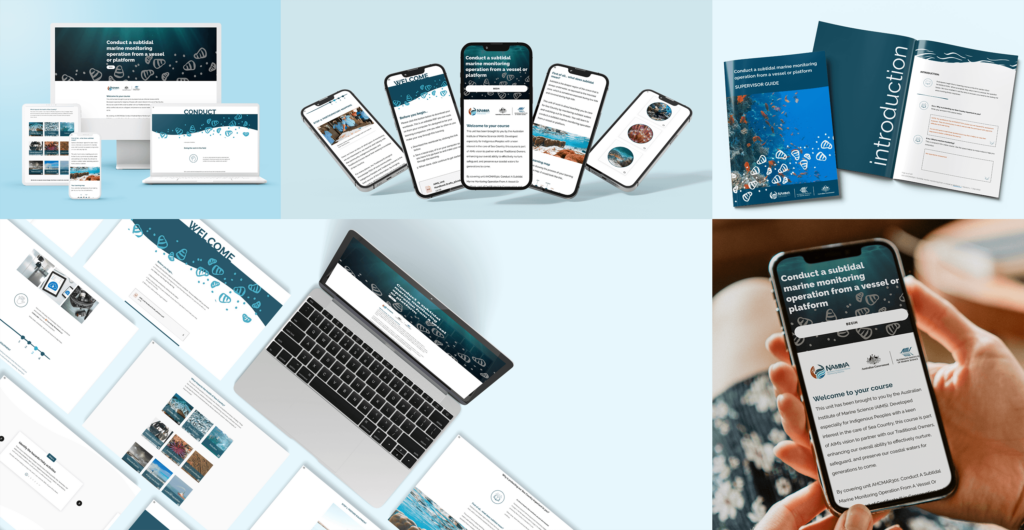
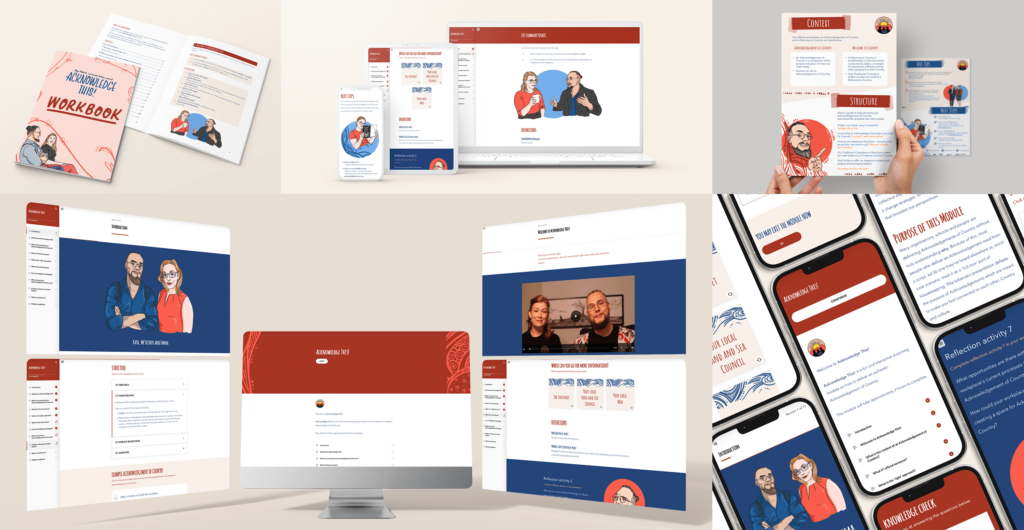
Want to see how these solutions deliver real results? Explore our detailed case studies showcasing transformations across industries.
What our clients say
Don’t just take our word for it.
Hearing about great learning design is one thing – seeing the real impact is another. Our partners have experienced the difference firsthand, and their results speak volumes.
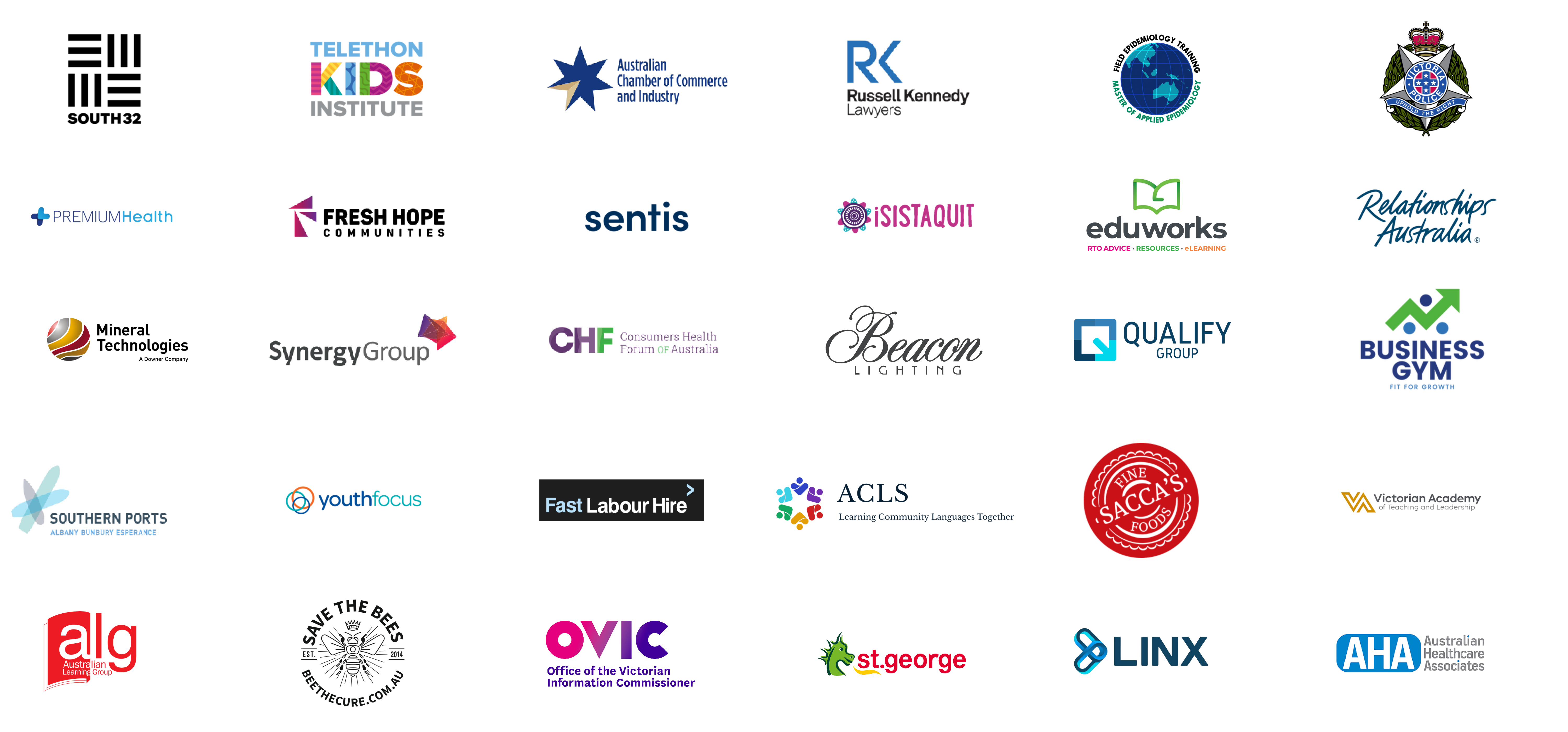

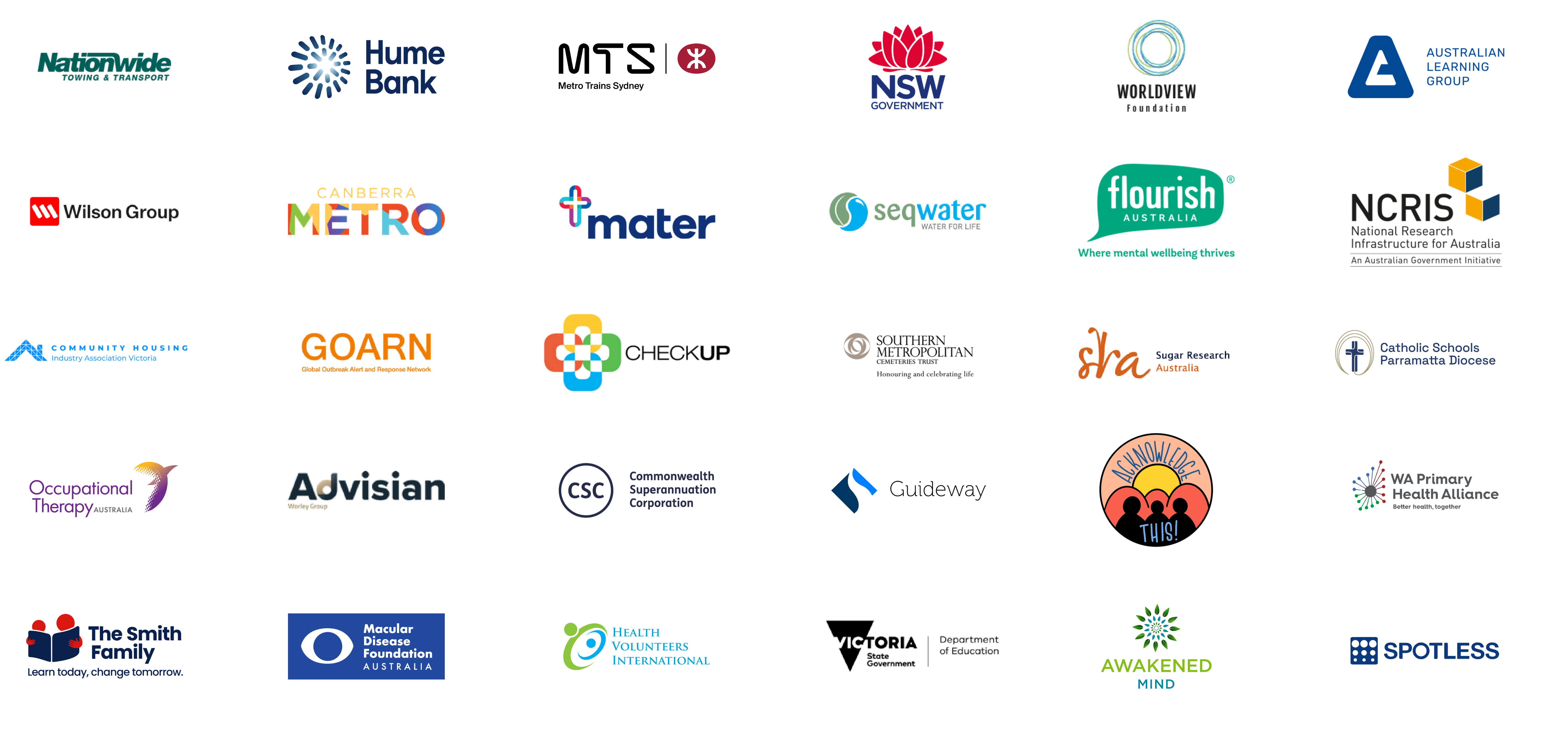


Q&A Section
What are learning design principles?
1. Know your crowd
Understanding your audience is the cornerstone of effective instructional design. Begin by conducting thorough research into your learners’ roles, skills, and challenges—whether they are nurses juggling shifts, FIFO workers in remote mining locations, or office administrators handling Medicare claims.
Utilize surveys, focus groups, or interviews to gather insights into their specific needs. Tailoring content to these needs enhances engagement, particularly in Australian contexts where scenarios like mining site hazard drills or hospital privacy breaches under the Privacy Act resonate. Practical steps include creating detailed learner personas, such as “Sarah, a rural nurse managing Indigenous patient care,” and aligning training materials with real-world tasks like filing a Safe Work Australia incident report.
2. Set clear goals
Establishing clear, actionable goals is essential for effective learning outcomes. Utilize SMART objectives—Specific, Measurable, Achievable, Relevant, and Time-bound—to replace vague aims like “understand safety” with precise targets such as “Identify 3 PPE violations in a worksite video by Friday.”
Clear goals ensure training remains focused and measurable, crucial for compliance training where objectives might include achieving a 90% accuracy rate on a GDPR quiz or demonstrating proper hand hygiene steps. Use action verbs like “apply,” “demonstrate,” or “solve” to frame objectives, and provide concrete examples such as simulating the resolution of a My Health Record data breach by the course’s conclusion.
3. Chunk it
Breaking content into digestible segments enhances learning retention. Divide material into 5–7 minute micro-modules to align with cognitive load theory, which posits that shorter, focused sessions improve information absorption. This approach is particularly beneficial for busy professionals such as nurses or tradespeople who need to fit training into short breaks.
Consider delivering updates on NSQHS Standards through snackable videos. Organize related topics together, such as distinguishing between slips and falls in WHS hazard identification, and employ visual aids like infographics illustrating Medicare billing steps or emergency exit routes to reinforce key points.
4. Make it stick
Ensuring long-term retention requires engaging methods that go beyond passive learning. Incorporate spaced repetition, storytelling, and interactive elements like gamified quizzes with instant feedback (e.g., identifying phishing emails) or branching scenarios where learners’ choices impact outcomes, such as managing patient complaints.
These techniques boost retention by up to 80%, as active participation solidifies knowledge. Enhance relevance by embedding relatable Australian examples, such as cultural safety training with Indigenous case studies, and pose challenging questions like “How would you respond to a chemical spill?” to encourage critical thinking.
5. Keep it real
Linking lessons to practical tasks ensures learners can apply knowledge effectively. Whether simulating compliance audits or replicating workplace hazards for safety training, real-world relevance is key.
For example, virtual hospital simulations can help healthcare workers practice infection control protocols. Provide job aids like checklists for OSH incident reporting or Medicare coding guides, and incorporate role-playing exercises where customer service representatives handle mock complaints via simulated calls.
6. Test & tweak
Continuous improvement is vital for successful training programs. Conduct pilot tests with a small group to gather feedback on clarity, relevance, and technical issues. This proactive approach allows you to address problems early, such as simplifying jargon in a mining safety module that confuses FIFO workers.
Utilize surveys asking, “Did this help you do your job better?” and analyze LMS data to identify drop-off points and refine content accordingly.
7. Accessible for all
Designing inclusive training ensures accessibility for all learners, including those with disabilities. Adhere to WCAG 2.1 standards by incorporating captions, alt text, and keyboard navigation. This not only fulfills legal requirements but also accommodates remote workers like farmers or fly-in crews who rely on mobile-friendly courses.
Test accessibility tools like screen readers (e.g., JAWS) and integrate cultural context, such as communication tips for Aboriginal patients or Indigenous language options, to enhance inclusivity.
Why these principles win
These instructional design principles deliver tangible benefits across compliance, engagement, and ROI. They ensure adherence to regulations like the Privacy Act or WHS laws without tedious training sessions, transform passive learning into dynamic experiences that captivate learners, and yield measurable returns through reduced fines, fewer errors, and a more motivated workforce.
What are learning design models?
Learning design models are blueprints for creating effective training and educational programs. They provide step-by-step frameworks to ensure learning is engaging, goal-driven, and impactful. Here’s a breakdown of key models:
1. ADDIE
What? The classic 5-step process:
- Analyze: Identify learner needs, goals, and constraints.
- Design: Plan content structure, activities, and assessments.
- Develop: Create materials (e.g., videos, quizzes).
- Implement: Deliver the training.
- Evaluate: Measure success and refine.
Best for: Structured, linear projects (e.g., compliance training).
2. SAM (Successive Approximation Model)
What? An agile, iterative approach:
Prototype → Test → Revise → Repeat.
Best for: Fast-paced projects needing flexibility (e.g., software training).
3. Bloom’s Taxonomy
What? Classifies learning objectives into 6 levels:
Remember → Understand → Apply → Analyze → Evaluate → Create.
Best for: Designing assessments and aligning activities with complexity (e.g., critical thinking tasks).
4. Kirkpatrick’s Model
What? Evaluates training effectiveness in 4 levels:
Reaction: Did learners like it?
Learning: Did they gain knowledge?
Behavior: Are they applying it?
Results: Did it impact the organization?
Best for: Proving ROI (e.g., post-compliance training audits).
5. Action Mapping (Cathy Moore)
What? Focuses on business goals and measurable actions:
Start with the problem → Define what learners need to DO → Design practice activities.
Best for: Cutting fluff and driving real-world performance (e.g., sales skill training).
6. Gagne’s 9 Events of Instruction
What? A checklist for effective lessons:
- Gain attention
- State objectives
- Recall prior knowledge
- Present content
- Guide learning
- Elicit performance
- Give feedback
- Assess
- Enhance retention.
Best for: Structuring individual lessons or modules (e.g., onboarding programs).
Why These Models Matter
Structure: Avoid chaos—they keep projects on track.
Alignment: Ensure training meets business or learning goals.
Efficiency: Save time and resources by following proven steps.
Choose based on:
Project scope (e.g., SAM for quick iterations, ADDIE for detailed plans).
Audience needs (e.g., Action Mapping for skill-based roles).
Why is learning design important in education?
Learning design is the behind-the-scenes blueprint that turns educational content into engaging, effective learning. Whether in a classroom or online, it helps ensure lessons are purposeful, structured, and tailored to learner needs. At its core, instructional design connects teaching goals with how people actually learn—making it essential for modern education.
Better learning outcomes
Strong instructional design improves what matters most: learning. It ensures every lesson has clear objectives, builds on prior knowledge, and delivers content in a logical sequence. This structure helps students retain information and apply it effectively. Instead of relying on chance, instructional design makes sure learners reach their goals with confidence and clarity.
More engaged learners
Well-designed courses aren’t just informative—they’re engaging. Instructional designers use a mix of methods (like videos, discussions, or simulations) to keep learners interested and active. This variety not only reduces boredom but also boosts motivation and attention. When learning feels relevant and interactive, students are far more likely to participate—and persist.
Clear structure, less confusion
Instructional design brings clarity to complex topics. It organises content so that learners don’t get overwhelmed or lost along the way. From start to finish, each part of a course is designed to build understanding, step by step. This makes learning more efficient, reduces frustration, and ensures valuable information doesn’t slip through the cracks.
Relevance and real-world focus
Great instructional design puts the learner at the centre. It starts by understanding their needs and tailors the learning experience to match. That often means tying content to real-world examples or job-related skills—so students see the point and stay invested. When learners find meaning in what they’re doing, they learn better and remember more.
Grounded in research
Instructional design draws on evidence-based strategies from cognitive science and educational psychology. It uses proven methods—like spaced repetition or active learning—to enhance memory, focus, and comprehension. Plus, designers continuously refine courses using feedback and data, so learning keeps improving over time.
Works across settings
Whether you’re teaching online or face-to-face, instructional design applies. It ensures learning remains effective no matter the format—especially as more education shifts online. In fact, well-designed digital learning can outperform traditional methods when it comes to retention and flexibility.
How to storyboard learning design?
Storyboarding is a key step in learning design that maps out the structure, flow, and key elements of a course before it’s built. Whether you’re creating an online module or a face-to-face session, storyboarding helps align content with objectives, making learning more engaging and effective.
1. Define clear learning objectives
Start by identifying what learners need to know or do. These goals will shape your content, interactions, and assessments. Each screen or activity in your storyboard should support at least one of these objectives.
2. Map out content flow
Break your content into logical sections or modules, then sequence them in a way that makes sense—e.g., simple to complex. This forms your course outline and keeps learners on a clear path from introduction to mastery.
3. Choose your storyboard format
Use tools like PowerPoint, Google Slides, Word, or Storyline. For example:
Slides are great for visualising screen layout.
Docs or spreadsheets work well for scripting narration, on-screen text, and interactions.
Tools like Miro help map non-linear flows or collaborate live.
4. Script content and interactions
For each section or screen, include:
On-screen text or visual descriptions
Narration or facilitator notes
Interactions or activities, like quizzes, group tasks, or click-to-reveal elements
Feedback and navigation (what happens next based on learner actions)
For classroom sessions, add facilitator guidance like timing, materials, and discussion prompts.
5. Plan visuals and media
Note where you’ll include images, diagrams, videos, audio, or animations. Use placeholders if needed (e.g., “[Insert photo of customer at checkout]”) and ensure all media enhances learning—not just aesthetics.
6. Review and refine
Test the flow, alignment with objectives, and clarity. Share with SMEs or stakeholders for feedback. Adjust as needed before moving into development or delivery.
What is a learning design framework?
A learning design framework is a structured approach—think of it like a blueprint—that guides the creation of learning experiences. It provides a repeatable process or set of principles to ensure training is consistently effective and aligned with how people learn. A good framework covers every key step—from analysing learner needs to evaluating results—so nothing important gets missed.
Popular instructional design frameworks include:
ADDIE: A classic five-phase model (Analysis, Design, Development, Implementation, Evaluation) that guides designers through each stage of course development.
Action Mapping: A goal-focused approach that maps learning activities directly to desired job performance outcomes, ensuring training addresses real workplace needs.
Using a framework helps instructional designers and L&D teams stay on track, maintain quality standards, and create learning experiences that are engaging and impactful. Frameworks ensure each course or workshop is built on proven methods, leading to more consistent results and better learning outcomes.
What is learning design for teachers?
Teachers transitioning into instructional design will find that many classroom skills carry over seamlessly:
Lesson Planning: Crafting daily lesson plans translates to designing training courses and eLearning modules that meet specific learning objectives.
Assessment: Gauging student progress in class parallels developing quizzes and other assessments to measure learning outcomes and improve course effectiveness.
Differentiation: Adapting lessons for diverse student needs involves designing inclusive learning experiences that engage learners of varying backgrounds and skill levels.
Your expertise in communication, curriculum development, and classroom technology also gives you an edge. This rewarding career change lets you build on your teaching strengths, giving you confidence as you create impactful learning experiences beyond the classroom.
Industry experience
Every industry has unique learning challenges. We’ve solved them all.
Our approach adapts to your world while delivering consistent results. See how we’ve helped organisations like yours transform their learning outcomes.

Healthcare
Your patients get better care.
Your clinical teams will retain critical information when it matters most, reducing errors while improving care quality, patient satisfaction, and treatment outcomes.

Government
Your policy initiatives translate into real-world impact.
Your programs will more effectively communicate complex policy changes to frontline staff, ensuring consistent implementation across departments and direct benefits to the people you serve.

Finance
Your risk exposure drops dramatically.
Your teams will navigate complex regulations with confidence, spotting potential issues before they become problems while adapting smoothly to industry changes.
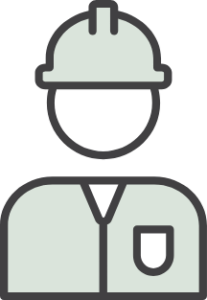
Mining
Your safety culture becomes unbreakable.
Experience fewer safety incidents and improved compliance, while your teams master complex procedures faster—balancing productivity with unwavering commitment to safety protocols.

Not-for-Profit
Your limited resources create maximum impact.
We help mission-driven organisations stretch learning budgets further with targeted solutions that improve service delivery and organisational effectiveness.

FMCG
Your products move from shelf to cart faster.
Your sales and marketing teams will better understand consumer behaviour and product benefits, increasing sell-through rates and strengthening retailer relationships while reducing time to proficiency for new team members.
Let's connect
Get in touch to discuss how we can create sticky learning that drives results.
Join forces with Discover Learning Designs to create learning experiences that drive behaviour change, improved team performance, and training dollars that deliver real value.
Call: 1300 208 943
Email: info@discoverlearning.com
Or, complete the quick form to start the conversation.
